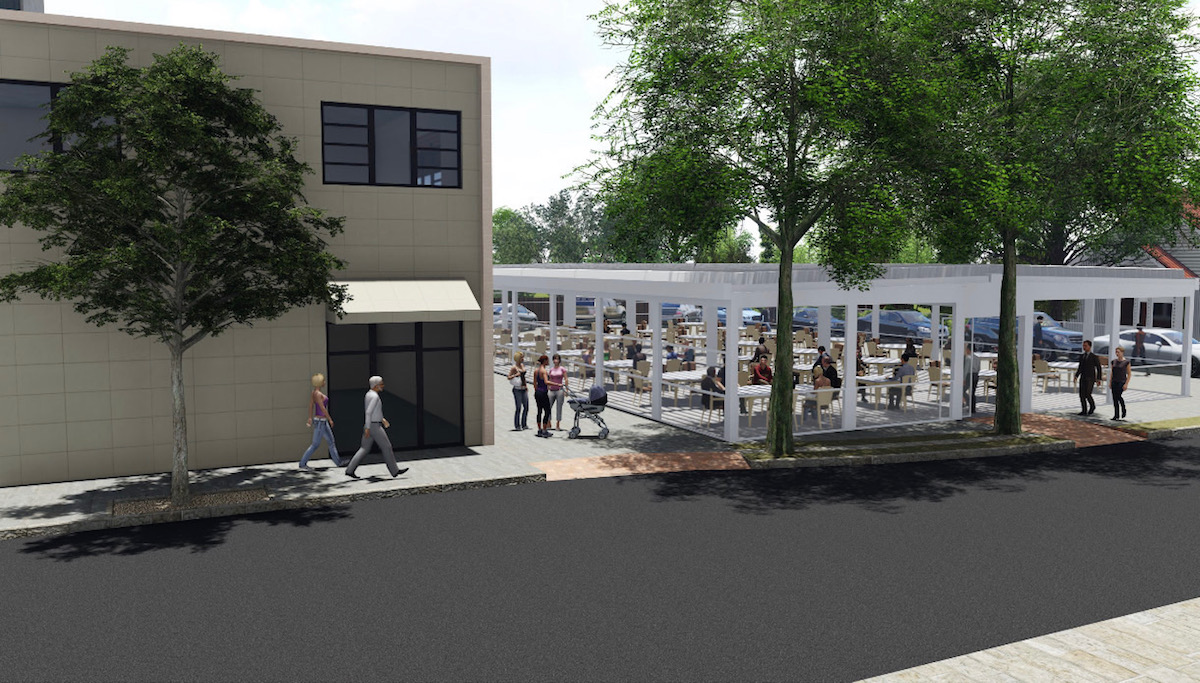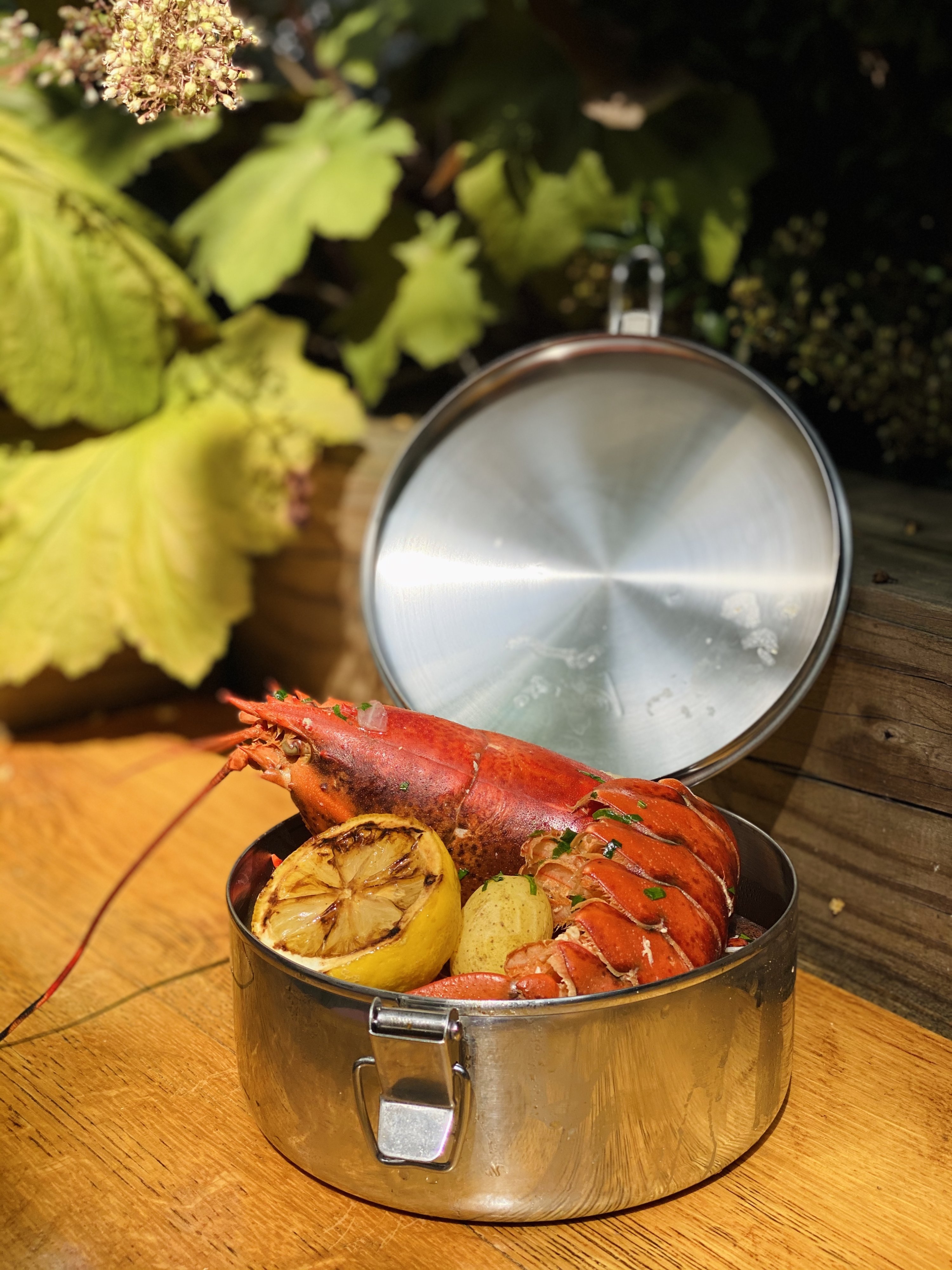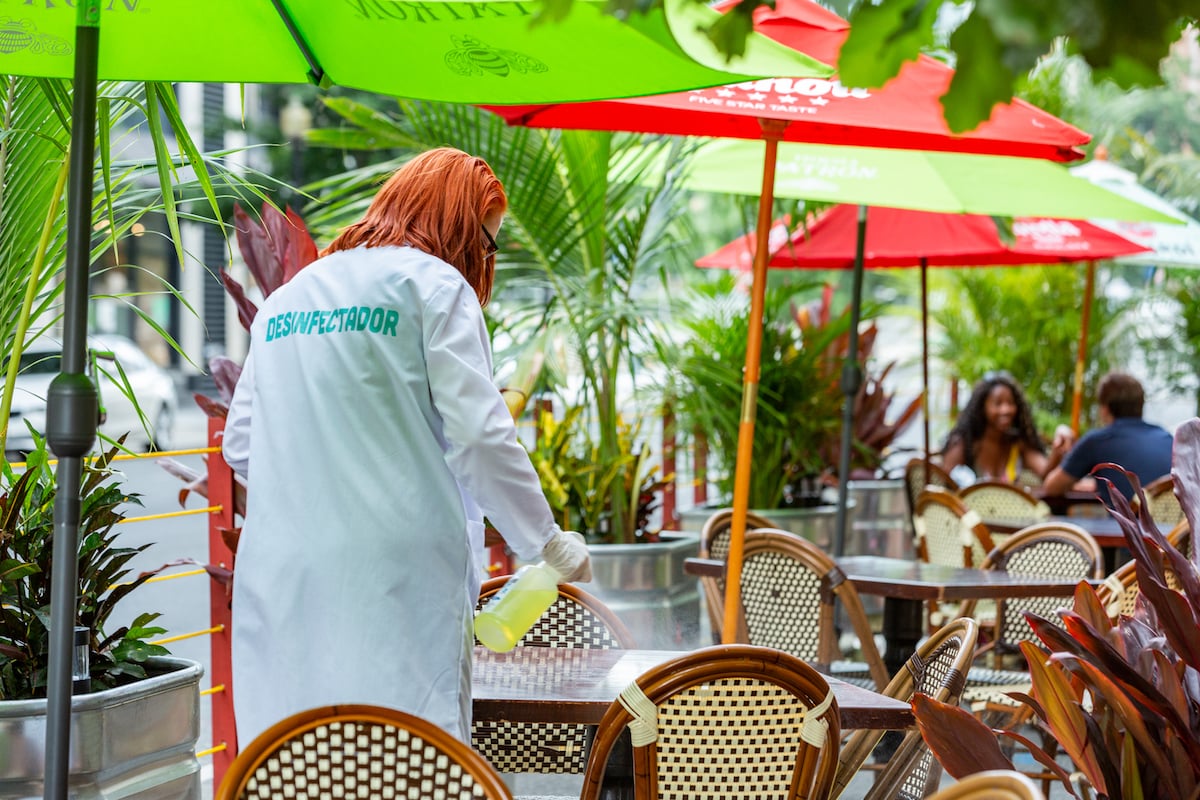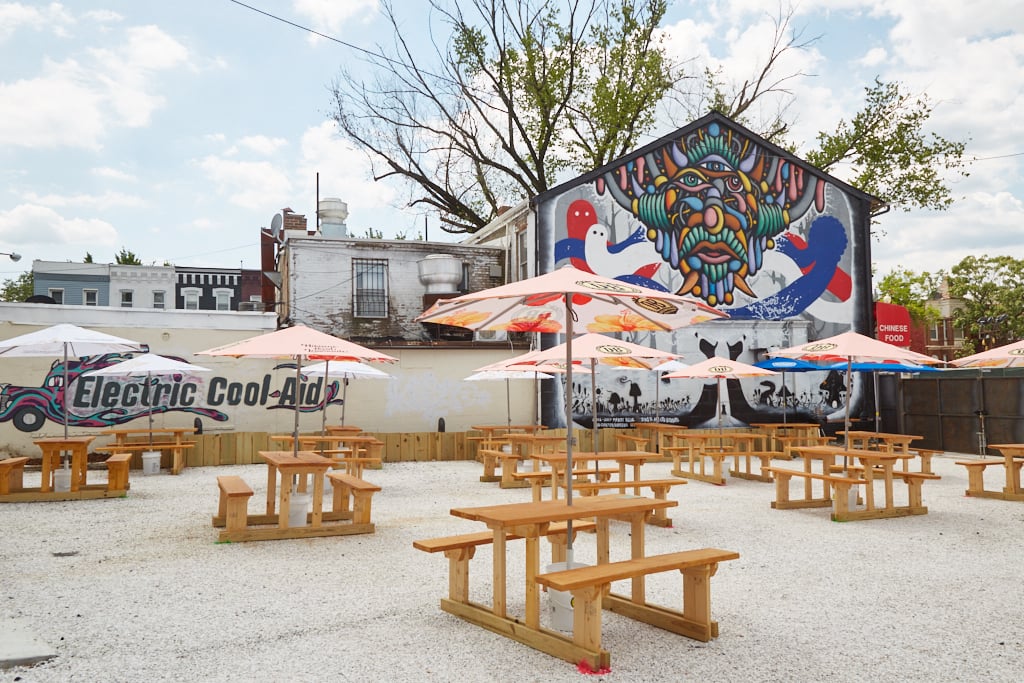The Greenhouse at Coconut Club. Photograph courtesy of Coconut Club.
Winter is coming—no longer a Game of Thrones cliche, but a real mantra of dread for many bar and restaurant owners who have been scraping by during the pandemic with the help of outdoor spaces. In addition to private patios and rooftops, the District has approved nearly 600 temporary outdoor dining permits for “streateries,” while Arlington went all-in on parklets, and Bethesda established a huge open-air dining area downtown. So what happens when the temperature drops below 60 degrees?
In DC, mayor Muriel Bowser just announced the “Streatery Winter Ready Program.” The initiative is designed to prevent (or at least stave off) winter closures by providing businesses $6,000 grants—$4 million city wide—to help defray the costs of heaters, tents, lighting, and more. Applications opened Monday, but many restaurateurs across the DMV have long been brainstorming ways to extend the lives of their al fresco spaces.
Here are some trends you may find beyond the usual fire pits and hot cocktails.

Indoor/Outdoor Spaces
Restaurateurs are getting creative with ways to protect guests from the worst of the elements while maintaining a breezy airflow and safer outdoor feel. Ambar restaurateur Ivan Iricanin just signed a ten year lease at his Clarendon location so that he could build Ambar Garden—a year-round structure with retractable awnings and versatile siding that can be raised or lowered—in the parking lot. With currant distancing practices, it can fit about 80 seats, and it’s slated to open by the end of October.
“We’re going all-in and betting that outdoor places are the future of dining,” says Iricanin. “I don’t know what’s coming, but we need to prepare.”
At Oyster Oyster in Shaw, owner Max Kuller hasn’t opened the new plant-based restaurant for indoor dining. Instead, the spot relies on takeout and a brand new, reservation-only “Oyster Garage” with a large, open front entrance and heated floors to keep things cozy. The space is currently open on weekends with a $400 pizza, oyster, and alcohol package for up to six guests (excluding tax, gratuity, and extras).
Over in NoMa, Coconut Club co-owner Emily Cipes found inspiration in her own backyard garden, and installed a 33-foot commercial greenhouse outside the island-themed restaurant.
“Pop-up tents are cheap and they break. Wedding tents are expensive, and most aren’t meant to be left outside for weeks on end,” Cipes says.
The Greenhouse, which opened this past weekend, will be warmed with an electric heater, and guests can keep toasty with vacation-inspired eats like caramelized-pineapple pina coladas, corn-and-crab bisque, and eventually, tabletop s’mores cooked on tiny binchotan grills.

Creative Themes
So far, 2020 doesn’t inspire “Winter Wonderland” vibes for outdoor bars. The tone of this year: Survival.
“Last year, we had a Swiss chalet theme—but we’re not exactly feeling apres ski,” says Hook Hall owner Anna Valero. “Primal is the best way to describe what we’re feeling right now.”
So what’s primal-yet-fun? “Vikings! They’re ultimate survivors and they have the best fires,” says Valero, who’s planning a Viking Village takeover for the Park View bar come November. Outdoors, small groups can rent cabana-like “viking huts,” and guests can reserve spaces around a roaring fire for mead and smoked meats. Indoors, Valero is planning a great hall with more semi-private spaces.
Over at Union Market, new open-air rooftop bar Hi-Lawn plans to rough it through the cold weather with a glamping theme. Think hot drinks, s’mores-inspired desserts, tinfoil packets from the grill, and some sort of shelter (yurts, tents, and fancy igloos are all being considered).
The New BYOB
When it comes to dining and drinking outdoors, the new BYOB policy is bring-your-own-blanket (complimentary shared blankets aren’t exactly pandemic-friendly). In some cases, you can even buy-your-own-blanket. Take Centrolina, which is selling super-soft throws to keep customers warm while they dine on the patio.

Promoting Safety
If you have a great, safe experience on a patio in the summer, would you venture inside come winter? That’s what some businesses are hoping will happen. At Cuba Libre in downtown DC, founder Barry Gutin is already taking safety measures to the next level. “It’s very visible all the efforts we’re doing,” he says. In addition to food-safe fogs, virus-killing UVC lights, and hospital-grade air filters, the restaurant gives indoor and outdoor guests complimentary bags for holding their masks while they eat. They’ve even hired a roaming “desinfectador”—a staff member in a white lab coat who roams the restaurant and patio, disinfecting spaces between guests. Come winter, Gutin says he’s looking into air scrubbers for the semi-enclosed outdoor tents.

Hibernation
Just as some restaurants went on hiatus during the dead months of summer, don’t be surprised if you see businesses—especially outdoor spots—going into winter hibernation. Most recently, nightlife entrepreneurs Eric and Ian Hilton announced plans to close seven of their bars on October 31 “for the foreseeable future.”
Hook Hall’s Anna Valero, who founded hospitality industry relief effort Hook Hall Helps, thinks many more business owners will follow suit: “I’ve been talking to a number of operators: does it make to stay open for the winter, or do we close and give it a shot in the spring?”
That said, a number of places are planning to tough it out as long as customers want to come outside. Dacha, which typically keeps its Shaw beer garden going through winter, is prepping its Navy Yard location for the cold months. New all-outdoor Shaw bar Electric Cool-Aid is also doing what it can to meet the weather, creating seasonal drinks like pumpkin spice slushies to be sipped under heaters and possibly tents.
“January and February are going to be touch-and-go months and we’re going to play it by ear. We’re hoping other places being outdoors will bring more business than we’d usually see in winter,” says co-owner Angela DelBrocco.
